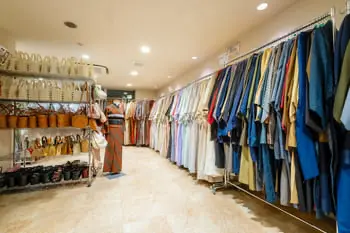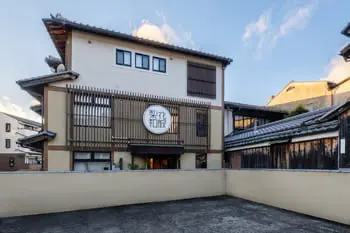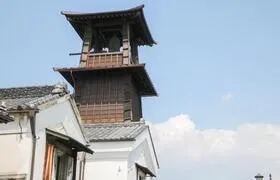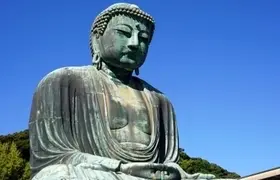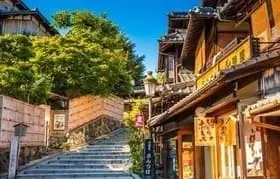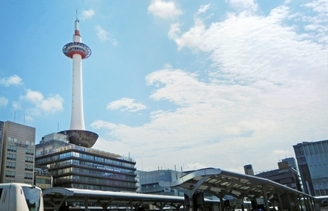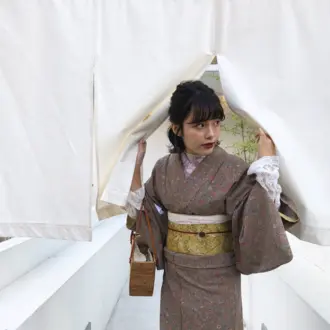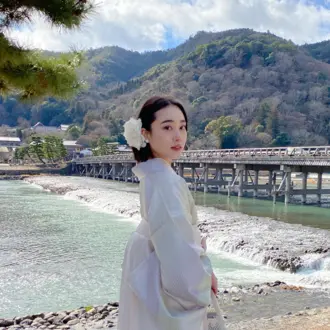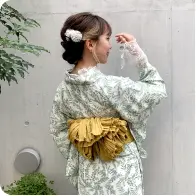Tips for Enjoying Kyoto in Kimono in November!
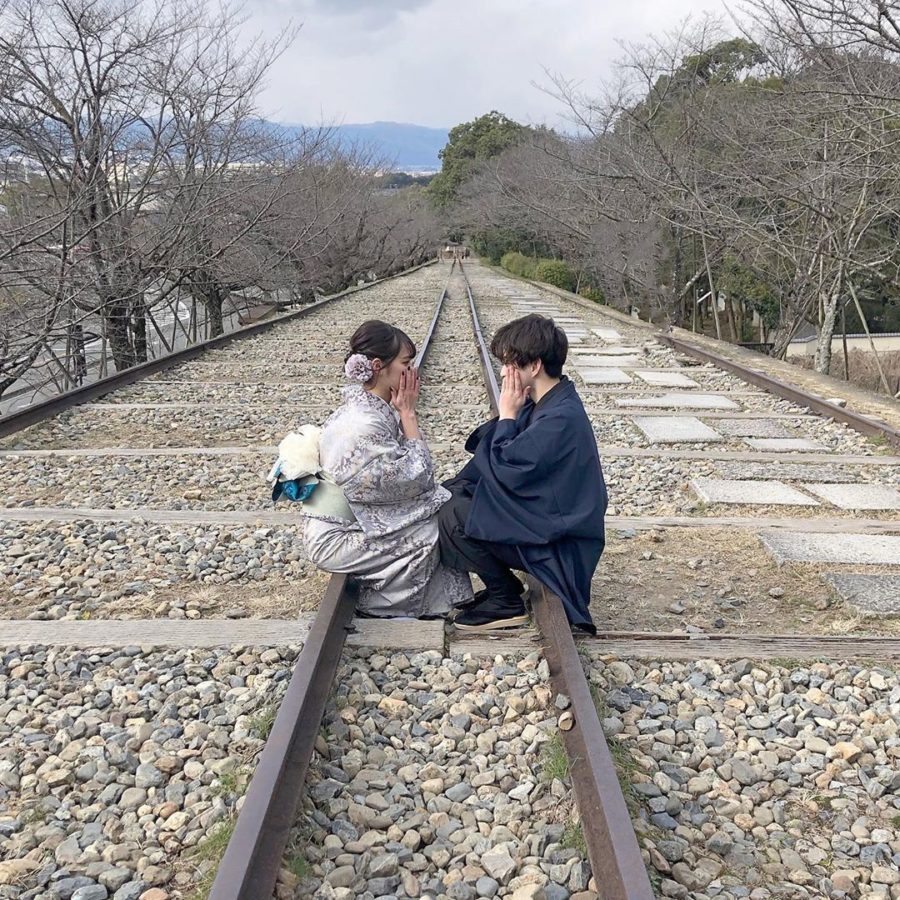
Pay attention to the temperature and take measures to protect yourself from the cold

With the new coronavirus, many people are refraining from going out.
For Kyoto, the seasons with the highest increase in tourists are autumn and spring.
Among them, November and March are the seasons when Kyoto is most lively with cherry blossoms and autumn leaves.
When you think about traveling to Kyoto, one thing to consider is the temperature.
What kind of warmth is necessary when trying to sightsee in Kyoto in November, when it gets cold? I will introduce some points about the climate, recommended sightseeing areas, and cold protection measures!
Plan your schedule based on congestion
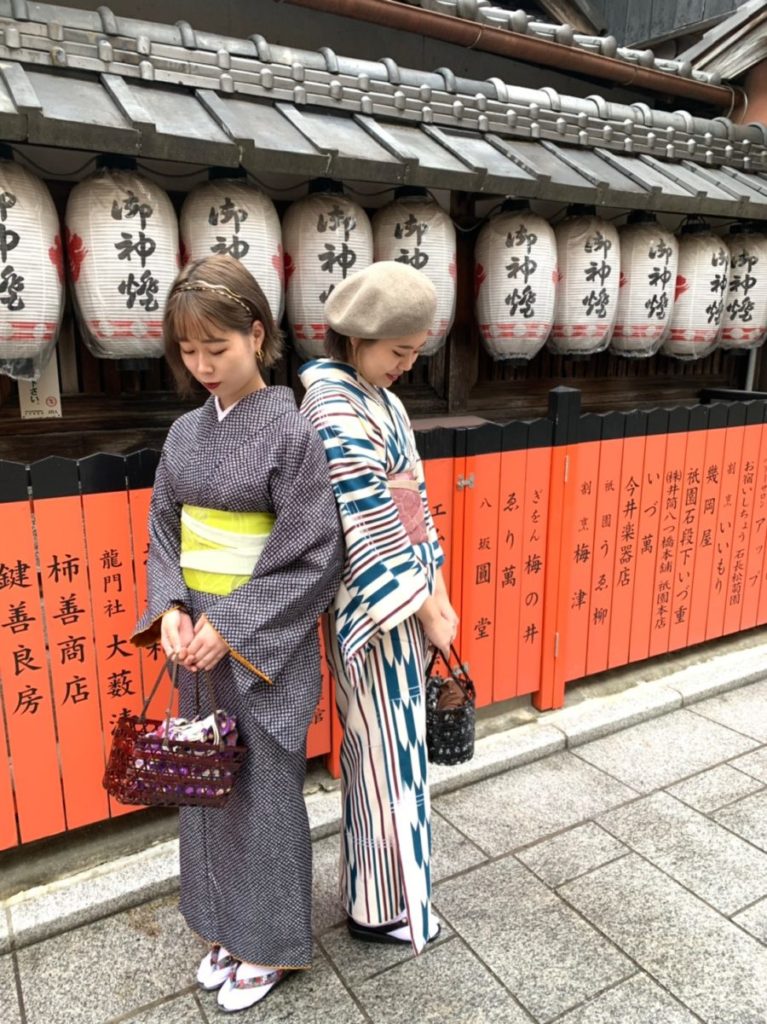
In Kyoto, November especially gets cold in the evening. Arashiyama, known for its autumn leaves, becomes particularly chilly.
Your Kyoto kimono rental will be in vain if it gets too cold.
It is most important to prepare with the expectation of getting cold.
Here is an introduction to essential items for the cold season! Check out these 5 essential items for kimono rental in winter in Kyoto!
Welcome Message
The main means of transportation for sightseeing, especially city buses, often experience significant delays due to traffic congestion.
We understand the desire to explore many places during your Kyoto trip, but it’s essential to anticipate traffic congestion in your initial schedule and leave some extra time.
Is It Too Cold to Wear Kimono in November?
We frequently receive inquiries from customers asking if it’s too cold to wear a kimono in November. There’s no need to worry at all.
In fact, November falls between the extremely cold winter and the scorching summer, and we receive plenty of feedback saying, “I was worried before renting a kimono, but the weather was just right.”
As evidence, November is the peak season for kimono rentals in Kyoto during the autumn foliage season.
If it were too cold to wear a kimono, it wouldn’t be the busiest time for kimono rental shops in November, so feel free to use our services without any concerns!
Does Kyoto Have Different Temperatures Compared to Other Cities?

Kyoto is known for getting quite cold, especially as autumn progresses into winter. How much of a temperature difference does Kyoto have compared to other cities?
In November, Kyoto’s average high temperature is 17 degrees Celsius, and the average low temperature is 7 degrees Celsius.
Let’s compare it to other areas:
Comparison with Tokyo
In November, Tokyo’s average high temperature is also 17 degrees Celsius, with a low of 9 degrees Celsius. The high temperatures are similar to Kyoto, but Kyoto tends to have lower nighttime temperatures.
Despite being further north, Kyoto does indeed get colder at night compared to Tokyo, so it’s advisable to consider some warm clothing if you plan to move around in the morning or evening.
Comparison with Osaka
In November, Osaka’s average high temperature is 18 degrees Celsius, with a low of 9 degrees Celsius. Kyoto appears to have slightly lower temperatures compared to its neighboring city, Osaka.
Even if you’re just traveling from Osaka to Kyoto, it’s a good idea to prepare for colder weather.
Comparison with Kobe
In Kobe, the average temperatures in November are the same as Tokyo, with a high of 17 degrees Celsius and a low of 9 degrees Celsius. While Kobe is known for its coastal and hilly terrain, Kyoto tends to be slightly colder.
While the absence of sea winds in Kyoto may make the perceived temperature similar to Kobe’s, it’s still a good idea to anticipate cooler weather.
Significant Temperature Variations by Area in Kyoto City
When comparing Kyoto City to other cities, we found only a 1-2 degree temperature difference.
However, even a short distance of travel within Kyoto City can lead to significant temperature variations. For example, the southern areas within the city where Kyoto Station is located have temperatures that are relatively close to the overall average for Kyoto City.
However, when you venture into the northern wards like Kita-ku and Sakyo-ku, temperatures drop significantly.
In November, temperatures in Kyoto City’s Kita-ku range from a high of 14 degrees Celsius to a low of 4 degrees Celsius. In Sakyo-ku, it gets even colder, with a high of 13 degrees Celsius and a low of 3 degrees Celsius.
Depending on the areas you plan to visit, be conscious of the possibility of considerably lower temperatures. For example, even popular tourist areas like Kitayama are located in Kyoto City’s Kita-ku. Left behind are spots like the Philosopher’s Path in Sakyo-ku, which also attract many visitors.
Does Temperature Change at Imadegawa Street in Kyoto City?
A commonly heard saying in Kyoto City is that temperature and weather often change when crossing Imadegawa Street. South of Imadegawa Street, despite sunny weather, it’s not unusual for snow to start falling the moment you cross it.
While Imadegawa Street might not be a major tourist attraction itself, you can somewhat predict temperature differences by looking at a map and determining whether you’re heading north or south. Additionally, while Sakyo-ku is known for its colder areas, its southernmost part is positioned south of Imadegawa Street.
Areas with attractions like Heian Shrine and Nanzen-ji Temple typically don’t experience severe cold, but as you move north towards places like Mt. Hiei and Okochi Sanso, temperatures are likely to drop.
What Kimono Styles are Recommended for November in Kyoto?

The recommended kimono styles may vary slightly depending on the tourist area, but here are some key points to keep in mind!
Wear Inner Layers
It’s advisable to wear thermal innerwear with an open neckline, such as Heattech. Even during slightly colder periods, wearing an extra layer can provide significant warmth. Consider wearing leggings or similar items to keep your legs warm.
Prepare Thick Outerwear or a Warm Shawl
Around November, in most places, a light kimono jacket is suitable. However, if you plan to visit colder areas within Kyoto City or explore during the evening, it’s a good idea to have thicker outerwear on hand. Shawls and other accessories for warmth are also essential.
Kimono jackets can be removed if you get too warm, making them a versatile choice. If you’re concerned about looking too bundled up in a coat, using a kimono jacket is a great option.
Wear Gloves and Cozy Tabi Socks
Cold can vary between daytime and nighttime, as well as by location. By donning longer gloves and cold-resistant tabi socks, you’ll find temperature adjustments easier to manage. With a bit of consideration, you can enjoy your Kyoto trip warmly and comfortably.
Author of this article
Kyoto Kimono Rental Rika Wafuku operates four kimono rental shops in Kyoto city, including locations in Arashiyama, Gion, Kiyomizu Temple, and in front of Kyoto Station. In 2023, they served over 230,000 customers in the Kyoto area!
They offer affordable plans, with a kimono dressing plan starting from 3,500 yen, and a hair setting plan from 5,500 yen.
Close to popular tourist spots such as Togetsukyo Bridge, Kiyomizu Temple, Yasaka Koshindo, and Yasaka Shrine!
Kyoto Kimono Rental Rika Wafuku
Kimono Rental Rika Wafuku Gion Store
Kimono Rental Rika Wafuku Arashiyama Store
Kimono Rental Rika Wafuku Kiyomizu Temple Store
Kimono Rental Rika Wafuku Kyoto Station Front Store

